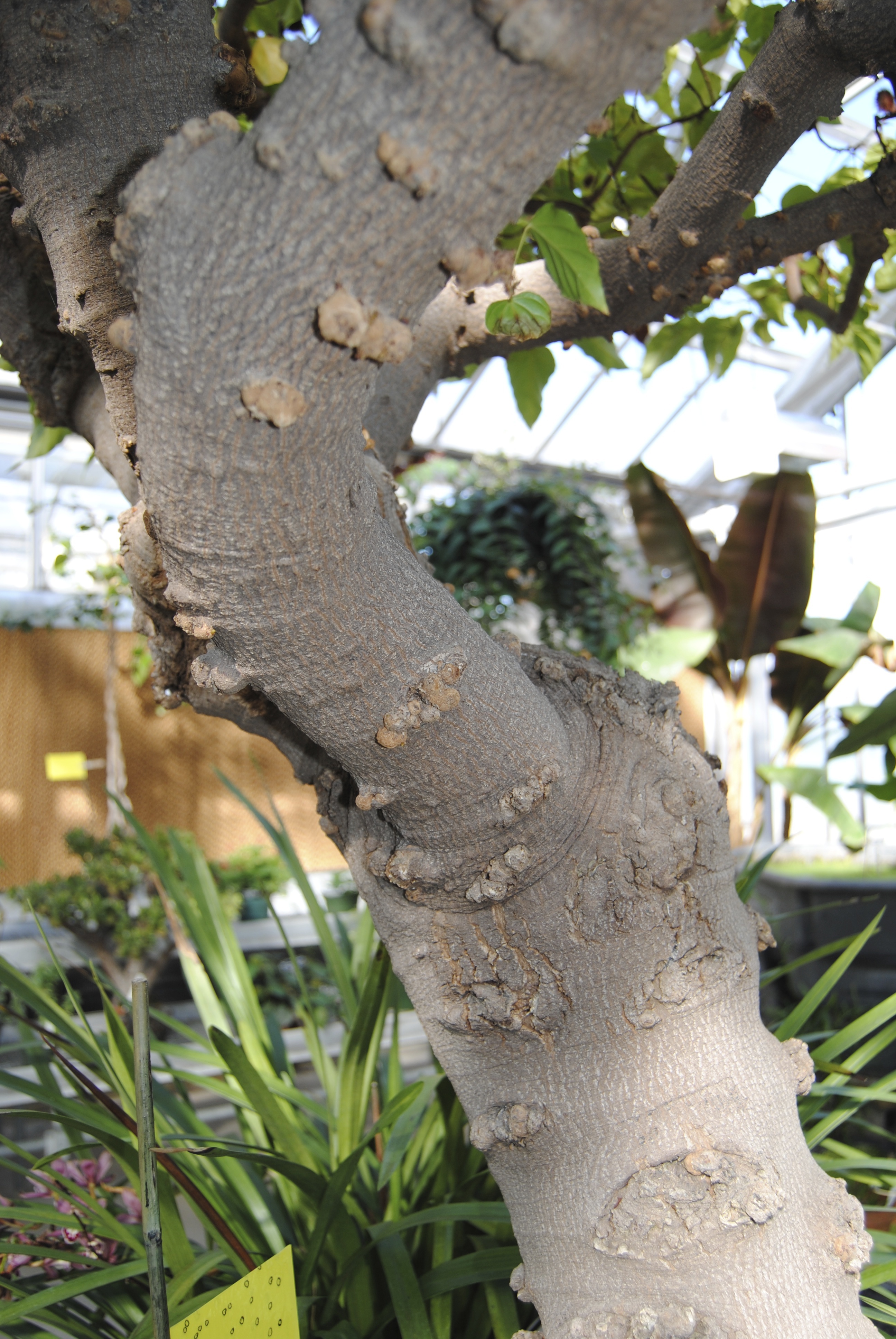Lipstick Tree : Other Uses-Modern Day
Today the seeds have lost prevalence as an important textile dye (superior dyes have been discovered), but are still a vital dying agent in makeup, soap, and food. Many people in tropical Africa, South East Asia and the Pacific region use the seeds in a similar way as the aboriginal people of Central and South America; As an important body paint, as well as to decorate utensils and clothing. In India the women call it “sindoor” and the dye is worn on their hairline to increase prosperity.
In Central and South America, the wood of Bixa is used for kindling fire by friction. Rope and twine are prepared from the bark of the tree. In the Western World the dyes are used to create different shades of makeup. Sephora carries the “Tarte” collection, which sells a line of blush and lipsticks that derive their color from the seeds of the lipstick tree.
One of the main uses of the Lipstick tree today is as an ornamental. When it was first cultivated, most people just picked wild seedlings and transplanted them to convenient locations. B. orellana was one of the first New World species to be brought to Africa and Asia, and throughout the years it has continued to be brought all over the world. It can now be seen in regions such as Sudan, Guam, the Philippines, Fiji, Hawaii, and Thailand, among others. The trees with bright pink pods are among the favorite varieties used as ornamentals. Branches with the dry pods can be seen in flower arrangements as well!

